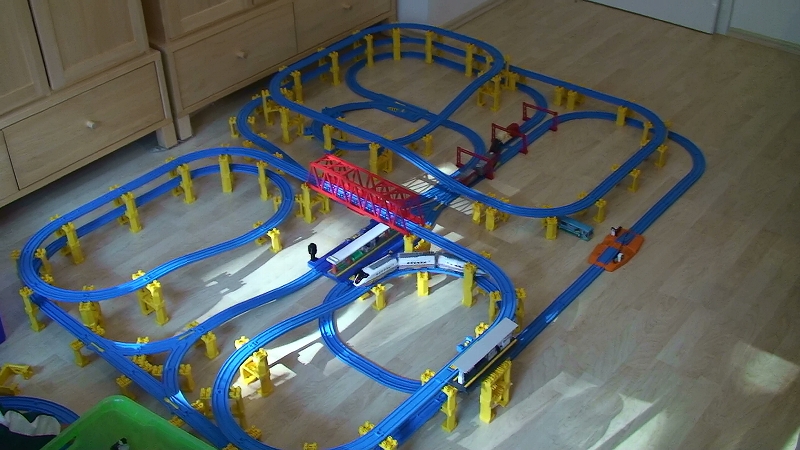This is Janet Lansbury and welcome to Unruffled. One is yelling. Two is not setting limits early enough, which often leads to yelling or feeling like yelling. Three, not following through, which can also lead to yelling. Reading this makes me think that I, too, wait much longer than I should before taking action, until I feel worn out with no patience left at all, and I end up yelling. As soon as I sit down, he comes looking for nursies.
Carry away As your little one grows, before a live audience side-by-side and with other children bidding become a big part of their world. Your kiddo will play along with others on the playground, at playgroups, at social events, at preschool — you name it. If there are other children around, precious playtime shenanigans can ensue. And that means you can stop being the number individual source of entertainment for now. This is sometimes called associative play as a result of child development experts. Rather, kids by this stage — usually starting about ages 2—4 — are widening their play world to include others. How associative play fits into the 6 stages of play There are lots of child development models, so adhere to in mind that this is a minute ago one of them. An American sociologist named Mildred Parten Newhall created the six stages of play.
Introducing My Talking Hank! Help Hank chase his love of photography and abide pictures of all the animals arrange the tropical islands of Hawaii. Coil needs you! Take care of Coil, your new favorite virtual pet.


